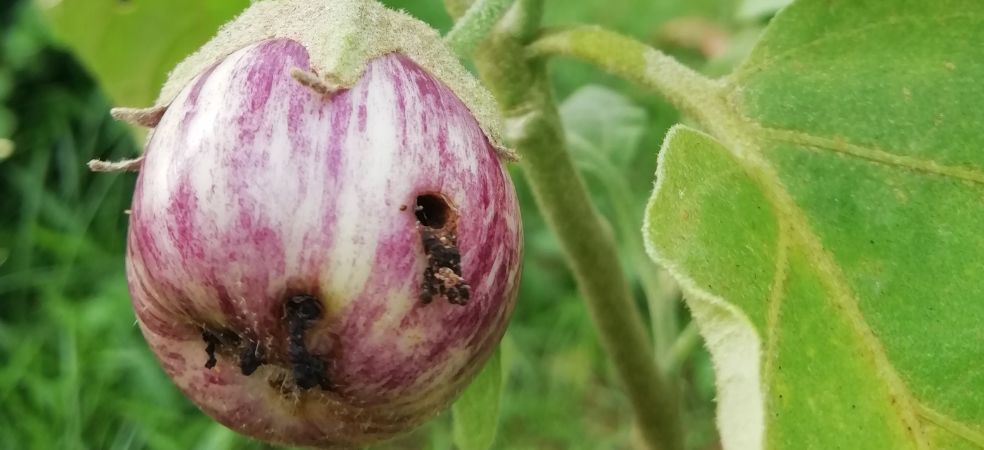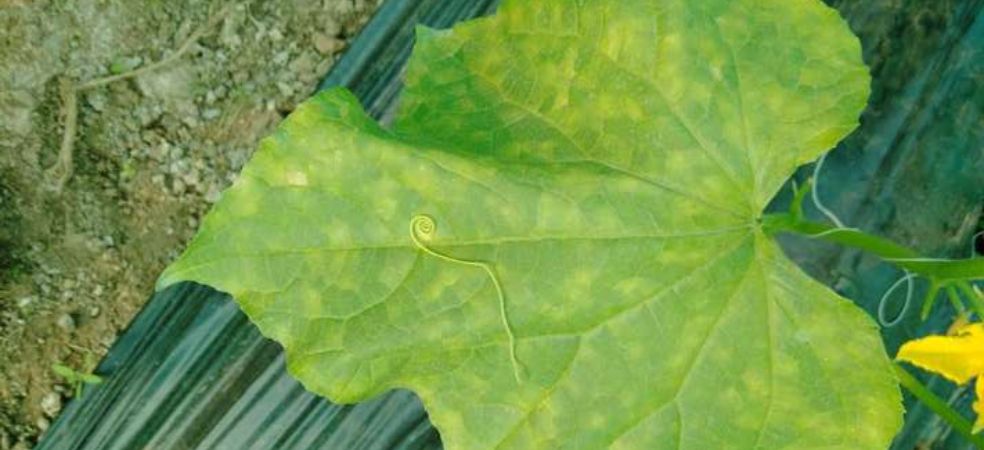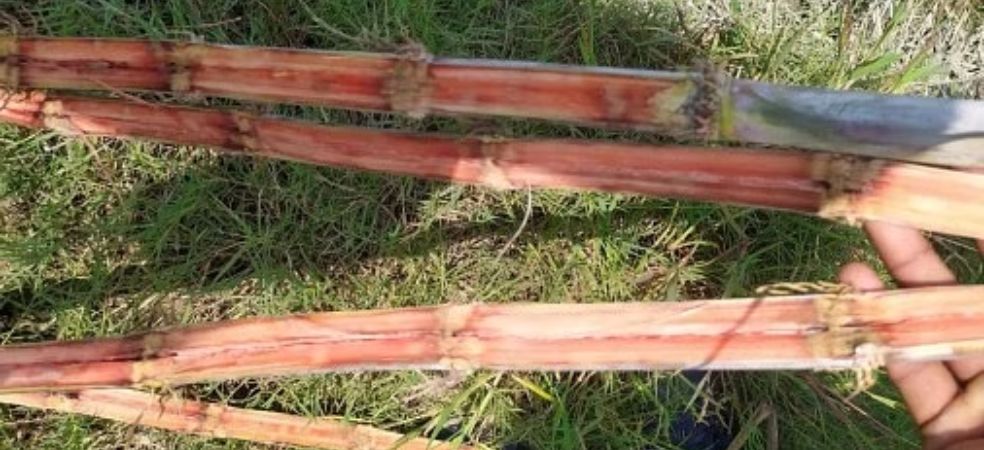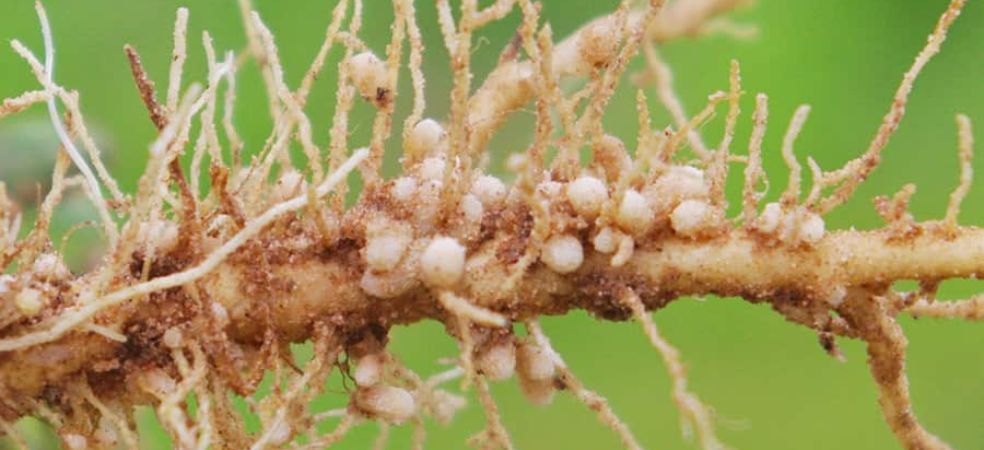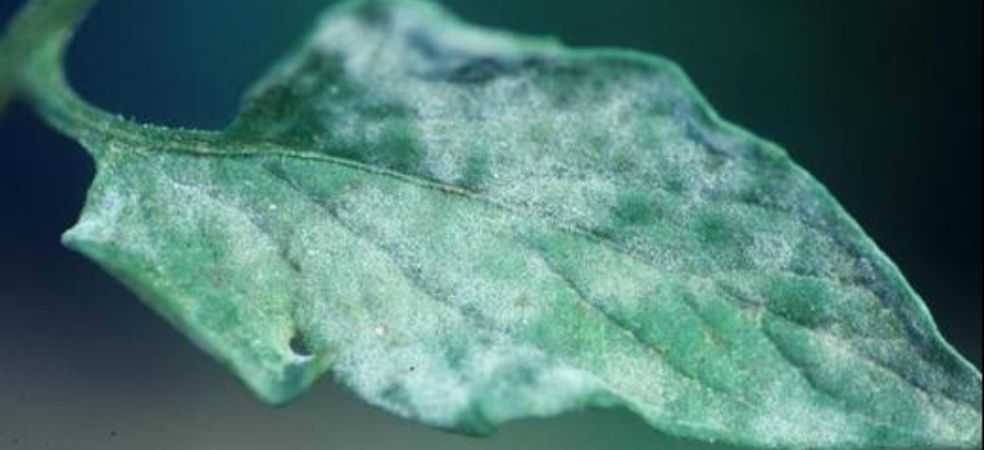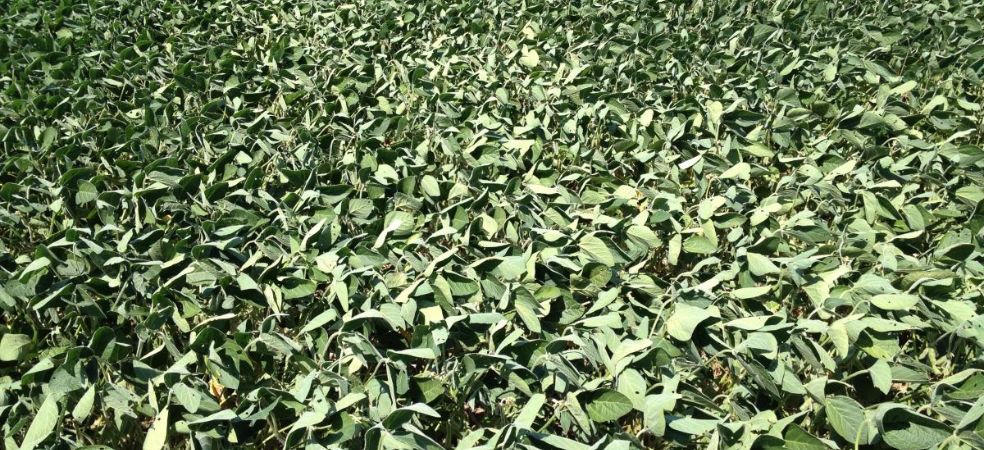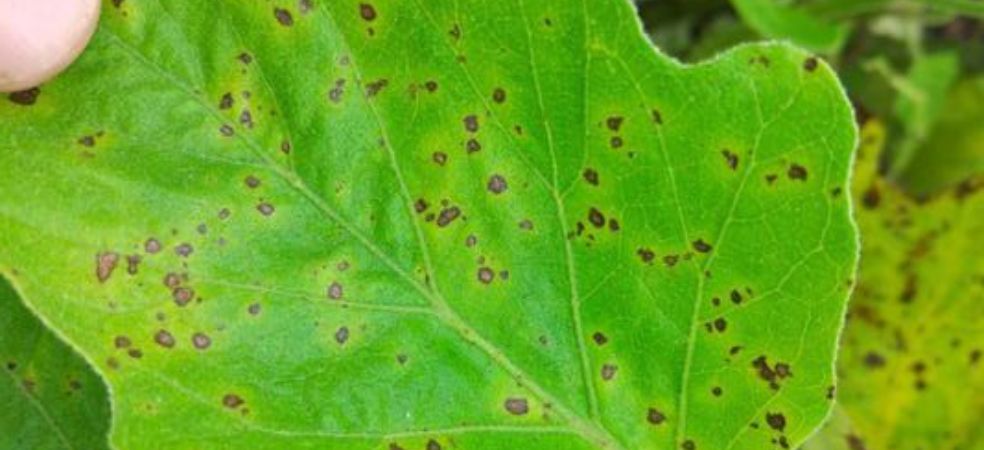-
Shoot and fruit borer are considered the most destructive pests of brinjal crop.
-
The crop is affected by the drugs in both the vegetative and fruit stages.
-
This insect remains active throughout the year in a place with a moderate climate.
-
Eggshells, grapes, flower buds and sometimes the only details on the ventral surface of the flowers are below.
-
When young, the caterpillars are restless and bore into the cecals and midribs of young tender stems, sealing the entry point with excrement and feeding inside.
-
Affected leaves dry up and fall down while the growth point is destroyed in case of scab. In the later stage, the caterpillars bore holes in the flower buds and fruits.
-
To control it, use Novalaxam (Lambda Cyhalothrin 9.5% + Thiamethoxam12.9% ZC) @ 50-80ml per acre.
ShareFor such important information related to the agriculture sector and farmers, do read Gramophone articles daily. If you liked today’s information then don’t forget to share.

